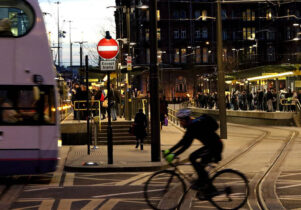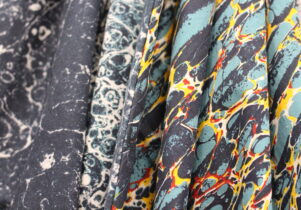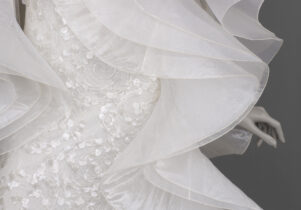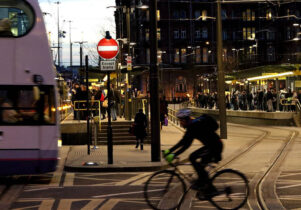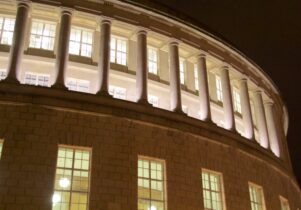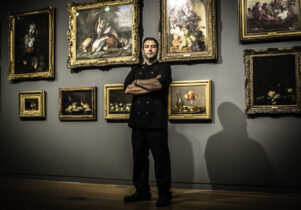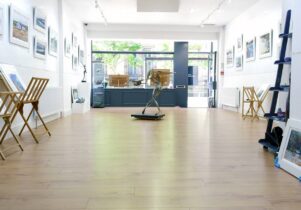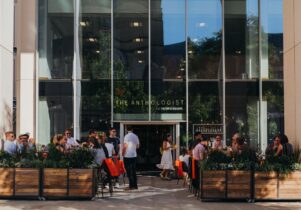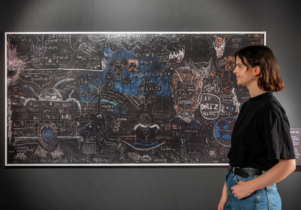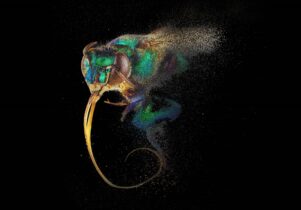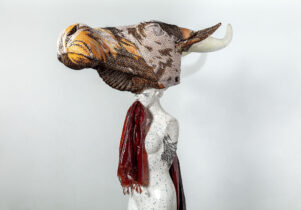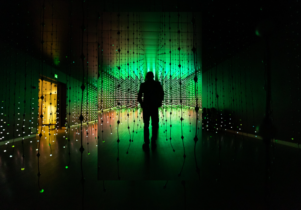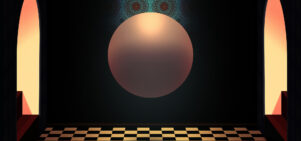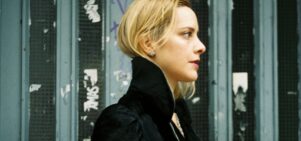Derek Jarman: PROTEST! at Manchester Art Gallery
Sara Jaspan, Exhibitions Editor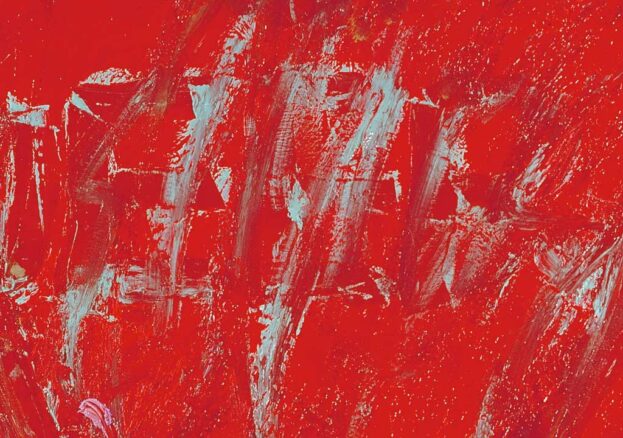
The UK edition of PROTEST! – a major retrospective dedicated to the life and work of the iconic British artist Derek Jarman (1942-1994), co-curated by music journalist Jon Savage – is expected to open at Manchester Art Gallery later this year.
As a painter, writer, filmmaker, set-designer, gardener and political activist, Jarman was tirelessly prolific in his output and the show draws the many different strands of his practice together for the first time since the landmark exhibition of his work at the Barbican in London, 1996. Tribute will be paid to Jarman’s role as one of the only public figures to ‘come out’ as having AIDS during the midst of the crisis in the 1980s and early 90s in an attempt to raise awareness around the disease and combat government policy, tabloid hysteria and public fear. His broader efforts to make queer lives and histories visible throughout his own life and work will also be highlighted.
Other aspects of PROTEST! delve into Jarman’s early career as a painter, as well as his avant-garde set designs for several major opera, ballet and film productions. His role as a filmmaker himself – who helped launch the early careers of now well-known figures including Tilda Swinton, Toyah Wilcox, Joanna Hogg, Sean Bean and John Maybury – will be explored and, in a nice piece of venue partnering, HOME will screen a wide selection of Jarman’s feature films in their original format during the exhibition’s run. The Manchester presentation of PROTEST! (which travels over from Irish Museum of Modern Art, Dublin) will additionally focus on Jarman’s collaborations with actors, designers and musicians such as Pet Shop Boys and The Smiths, with input from Savage.
Jarman’s legendary garden near the Dungeness nuclear power station in Kent (currently the subject of an urgent preservation campaigning); the inspiration he drew from artists of the past, especially Caravaggio; and his inspirational work as a writer make up other strands of this remarkably wide-ranging exhibition. Just over a quarter of a century after his untimely death, and featuring several major bodies of work never seen before in public, this is certainly a must-see show.
